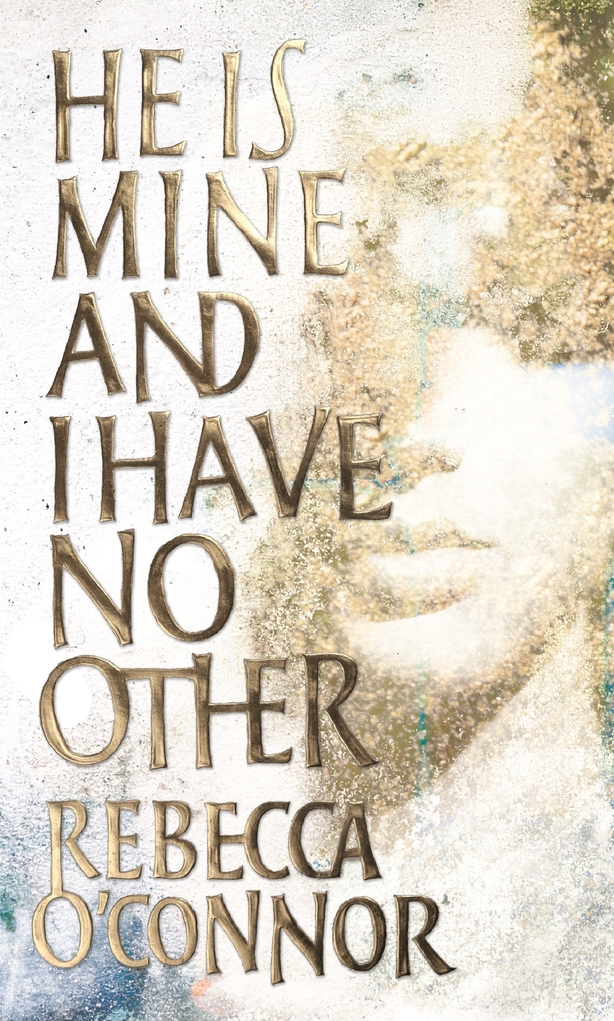In He is Mine and I Have No Other, Rebecca O' Connor has done a powerful job of reminding us that adolescence can be a rocky road to travel, writes Mary Kennedy who nonetheless found the novel a discomfiting read.
When I came to the end of this debut novel by Rebecca O'Connor, I felt ill at ease. I appreciated that this was a well-crafted, searching and often lyrically written story, not surprising really, considering the author's background as a poet.
I was disturbed by the fact that I didn't warm to it. I wondered why, and after much deliberation and soul searching I realised that the novel reminded me of a time in my life when I was most uncomfortable in my own skin.
15-year old Lani Devine is negotiating her way through adolescence with all of the angst, uncertainty and torrents of conflicting emotions that I remember and that the writer describes in an honest and unadorned fashion. This brought me back to my own teenage years.
Lani, at fifteen, is experiencing the pangs of first love for Leon Brady, whose mother is buried in the graveyard beside her house. She keeps an eye out for him every evening as he comes to visit his mother's grave. (Nowadays, we'd say she was stalking him.) Her parents seem oblivious to her nocturnal wanderings, but the implication is that her grandmother who lives with them may be more astute and aware of what's going on, but discreet with it.
There are several threads to this novel which make for a rich narrative, and each thread is interpreted honestly from a 15-year-old's adolescent viewpoint. The fact that it's told in the first person adds to the authenticity, the awkwardness and lack of sureness of her teenage mind and heart.

The main thread, of course, is the love story which is advanced by a night at a school disco, the description of which surprised me. The story is set in nineties Ireland yet the sullen priest at the entrance, the mineral bar, the smoking and the "shifting" out the back seemed more reminiscent of sixties and seventies Ireland.
I didn't frequent discos in the nineties, but I would have thought that things had moved on a bit by then. Be that as it may, it was the detail of the disco and the strategy of Lani and her friend, Mar, in their bid to land their young men that brought me right back to my adolescent disco days. The feeling that my hair was frizzy, my clothes were old fashioned and that the boy I fancied wouldn't look twice at me - I was correct on all counts.
Lani is an only child, but not for long. One evening, after dinner, her parents announce that her 44-year-old Mam is pregnant. Lani's reaction is predictable. "It made me feel sick, talking about this in our kitchen. After dinner. On a school night. They were still at it. At their age. Under this roof." She is mortified to have to break this disgusting news to Mar, but she gets over it and the pregnancy advances.
We smile at the book on the facts of life that Lani's mother leaves in her room and which she reads under the bed covers at night. We tingle at the anticipation of the girls' visit to the boys' school for a talk. We get glimpses of the tender love Lani has for her grandmother, coupled with the youthful repulsion towards old age: 'She needed to sleep, but I couldn't be doing with the removal of the false teeth, hauling her out of her clothes and into her nightie.' We see the innocence and devotion of a young girl in Lani's interaction with the family dog, Blue. We recognise the turmoil of falling out with your best friend.
Rebecca O'Connor charts these significant moments in an adolescent girl's development with subtlety and finesse, while at the same time advancing a heartbreaking story of death and destruction. She incorporates another thread into this story documenting stories of orphaned girls who died in a fire which itself echoes the 1943 St Joseph's Orphanage fire in Cavan. As for the title, you'll read through the novel thinking the reference is obvious and then, towards the end, you're asked to open your heart to a further interpretation.
I felt ill at ease and discomfited reading this book. Rebecca O' Connor has done a powerful job of reminding us that adolescence can be a rocky road to travel. And she weaves a good tale which makes us want things to turn out well for the people we meet along that road.


